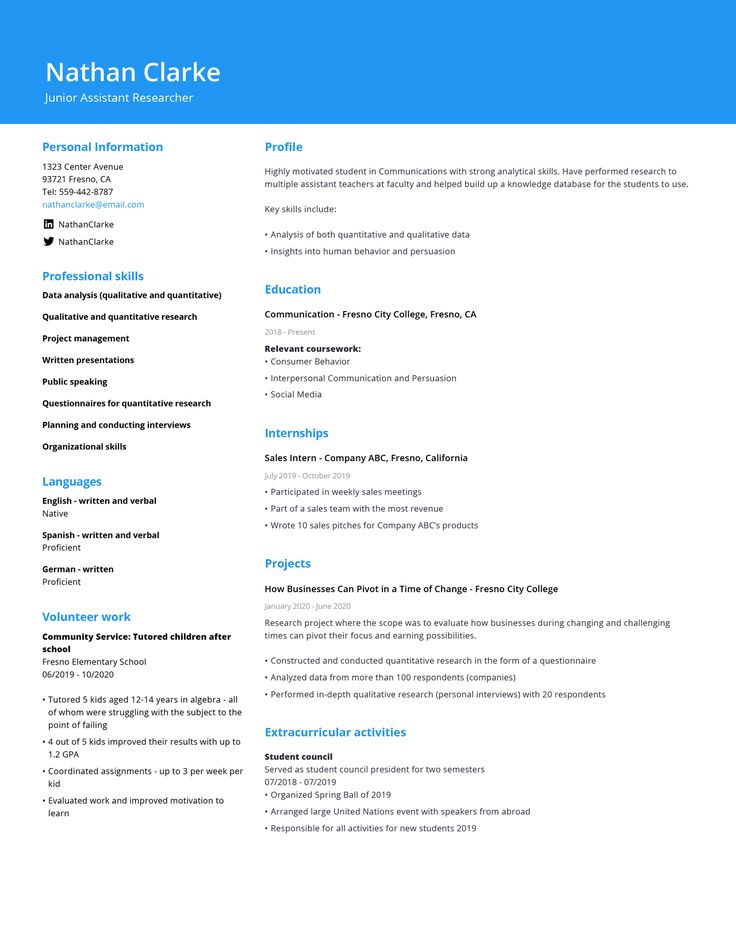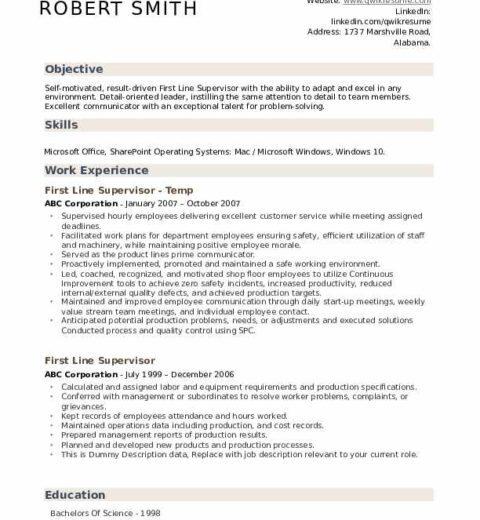In today’s competitive job market, crafting a compelling resume is paramount, even when you lack concrete work experience. However, the absence of conventional qualifications need not be a roadblock; it can rather become a canvas on which to paint a unique professional story. Herein lies the challenge—how does one construct a resume that resonates with potential employers despite a dearth of traditional experiences? The answer lies in leveraging creativity, focusing on transferable skills, showcasing relevant education, and utilizing well-structured layouts to create an aesthetic harmony.
First and foremost, it is essential to recognize the importance of transferable skills. These are abilities that have been acquired through various life experiences, such as volunteering, internships, or even coursework that can be applied to different professional contexts. Communication, teamwork, critical thinking, adaptability, and problem-solving are examples of soft skills that employers value highly. Crafting a resume that brings these traits to the forefront is crucial. Instead of stating a lack of experience, describe how your life experiences have equipped you with these competencies.
For instance, if you were involved in organizing a community event, that experience showcases your ability to coordinate tasks, manage people, and engage with diverse audiences. When writing your resume, take care to describe these situations in detail. Use action verbs and precise language to bring the experiences to life. Words like “orchestrated,” “facilitated,” and “led” elevate the narrative and instill a sense of professionalism.
In addition to soft skills, it is equally important to highlight relevant education or certifications. Many employers look favorably upon candidates who have pursued additional coursework, online certifications, or training relevant to the field they wish to enter. If classes taken during high school or college relate to the job in question, place them prominently in your resume. Utilize sections such as “Relevant Coursework” to draw attention to subjects or projects that demonstrate your knowledge and preparedness for the workforce.
Moreover, internships—although sometimes unpaid—often provide invaluable experience. If you have engaged in any internship, no matter how minor, list it on your resume along with the skills learned. Many entry-level positions are designed to train individuals, meaning that employers often seek candidates with a willingness to learn and a solid foundation of skills, rather than extensive experience.
Next, the structure and design of your resume can play a crucial role in how your qualifications are perceived. A visually appealing layout can captivate an employer’s attention right from the outset. Gradation in fonts, strategic use of whitespace, and carefully selected color schemes can enhance readability and lend a polished look to your document. However, this should not devolve into flamboyance—professionalism must reign supreme. It is advisable to choose a clean, minimalist design that accentuates key information without overwhelming the reader.
A well-structured resume typically includes several standard sections: a contact information header, a professional summary, a skills section, education, experience, and perhaps volunteer work. Each section should clearly delineate information, enabling potential employers to easily navigate through your qualifications.
1. **Contact Information**: State your full name, phone number, email address, and LinkedIn profile, if applicable.
2. **Professional Summary**: This brief paragraph should encapsulate your career objectives and tailor them to the prospective role. It is your elevator pitch—a chance to leave an impression before the potential employer delves into the details.
3. **Skills Section**: Enumerate your relevant hard and soft skills systematically. This allows employers to quickly understand what you bring to the table.
4. **Education**: Include the schools you attended, degrees earned, and any honors if relevant. This section showcases your dedication to learning, which can be especially appealing to employers.
5. **Experience**: This can encompass internships, part-time jobs, volunteer roles, or even significant projects from academic settings or personal endeavors. Focus on the impact of each role rather than the duration; verbs that convey results will fortify your descriptions.
6. **Additional Sections**: Depending on your background, consider adding sections for relevant certifications, languages spoken, or specific projects that demonstrate your initiative and skills.
Beyond content and design, tailoring your resume for each application cannot be overstated. Take the time to diligently read through job descriptions and align your resume to reflect the sought-after qualifications. Utilize keywords found in the job posting; this not only appeals to Applicant Tracking Systems but also indicates to the employer that you possess an intriguing understanding of their needs.
When your resume finally gains refinement, conduct thorough checks for any typographical or grammatical errors. The presence of such mistakes can undermine your credibility and portray a lack of attention to detail. Always consider seeking the input of peers or mentors who can provide constructive feedback and catch any oversights before submission.
In conclusion, creating a resume with no traditional experience is not merely a challenge; it is an opportunity to present a differentiated narrative. By emphasizing transferable skills, tailoring content thoughtfully, utilizing an engaging design, and showcasing both education and relevant experiences, one can construct a compelling resume that stands out in the eyes of potential employers. The essence is not in the quantity of experiences but the quality of the narrative that resonates through one’s journey. Let your resume not just be a list of qualifications, but rather a testament to your potential, creativity, and readiness to embrace the professional realm.




